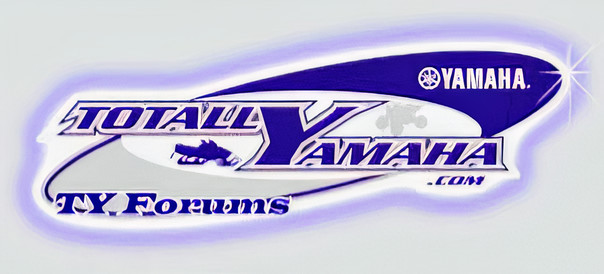Bakemono
New member
http://blog.lexus.com/2008/01/irvs-sheet-se-1.html#more

Something to remember the next time you hear someone refer to Toyota's so-called, "decline in quality".We’ve noticed a surprising number of stories lately in both print and on the Web that refer to what the stories’ authors like to call "Toyota’s growing recall problems here in the U.S." These lingering reports continue to perplex.
We look at each other and say, "What growing recall problems?"
So we thought that we should post something here in the blogosphere to provide some perspective to this talk about Toyota, recalls and implied quality.
First of all, this: Industry-wide last year, recalls were up by about 30% as manufacturers recalled nearly 15 million vehicles for repairs. In fact, there were 588 separate Safety Recall campaigns involving 14.5 million vehicles in 2007, according to National Highway Traffic Safety Administration data as of January 17.
But for the second straight year, our Safety Recall (recall) numbers have fallen, as the chart you see here indicates.Yes, we do mount recall campaigns. For any large-scale manufacturing entity, no matter what you’re making, be it automobiles or toys – but especially when you’re making something as complex as a modern motor vehicle - the occasional product recall is a fact of life.
We think, however, that recalls should be done with, and viewed in, the proper perspective. In purely practical terms, no matter how inconvenient, recalls must be seen as part of the complete Toyota quality picture. That picture includes engineering, assembly and taking care of customers during and after the new-vehicle warranty period. Customers tell us that recalls are the right thing to do, that they appreciate the fact that we stand by our products.
An example of the care we take can be found in a Safety Recall we initiated in late December 2007 – voluntarily – after a condition with a driveshaft component surfaced on certain models of Tundra. As a result of the problem, we called back about 15,600 vehicles out of nearly 200,000 sold this year. We expect that the problem we’re looking for will actually show up in a small number of vehicles. But it’s worth checking all 15,600, and we intend to do just that.
The recall story that seems to have initially gotten everyone’s attention, however, flared up in 2005 and was much larger than the one involving the Tundra driveshafts. There’s an important lesson to this recall story. It is found in the way Toyota approaches recalls, and in our actual recall numbers since the 2005 recall campaigns.
The recall numbers that first caught the attention of reporters and bloggers involved a pair of components that led to two separate recall campaigns.
The first involved ball joints – these are steering and front-suspension joints generally considered to be consumable wear items - on 2001-’02 4Runners, 2001-’04 Tacomas, and 2002-’04 Sequoias and Tundras. This one involved 770,000 vehicles.
The second involved the steering relay rod on 4Runner, T-100 and what then was known as the compact pickup. This one involved 978,000 vehicles, 910,000 of which were 1989-1995 model year trucks and 4Runners. This campaign had little to do with the design of current vehicles, as more than half of the vehicles involved were 10 to 16 years old at the time.
This recall campaign was instituted after just a handful of steering relay-rod conditions were reported, and it actually generated some goodwill. Customers whose vehicles were recalled were not unhappy about the recall. Instead, they saw it for what it was – Toyota’s willingness to acknowledge a potential problem and make their vehicles right.
So, mainly because of these two 2005 campaigns, Toyota recalled a total of 2,228,000 vehicles. But now things get interesting: In 2004, just one year previous, we recalled about half that number of vehicles – 1,132,000. In 2006, we recalled 814,000 vehicles, 28.1% fewer than the 2004 total. In 2007, we brought back 640,000 vehicles, a further reduction of 21.4%.
Clearly, this is good news. But good news rarely gets reported, even as the actual quality experience of our customers, as measured over three and five years of ownership, remains very high. Reported or not, these measurements of quality and satisfaction point to strong owner loyalty at trade-in time. And Toyota is consistently at the head of the pack in terms of owner loyalty.
In fact, a recently released survey conducted by R.L. Polk, titled the 12th annual Polk Automotive Loyalty Awards, found that 57% of those who bought Toyota-brand products became repeat purchasers, compared to a 45% average for the industry.
So we look at these recall figures, see stories reporting "Toyota’s growing recall problems," and we are more than somewhat bemused.
The only current recall story we see, one that’s not being told, is our return to pre-’05 recall levels. Our exemplary owner loyalty figures are a direct result of our owners being treated properly. The only story we see is that Toyota quality is higher than ever.
We thought that you might be interested in knowing those stories.

horkn
New member
nice find!
